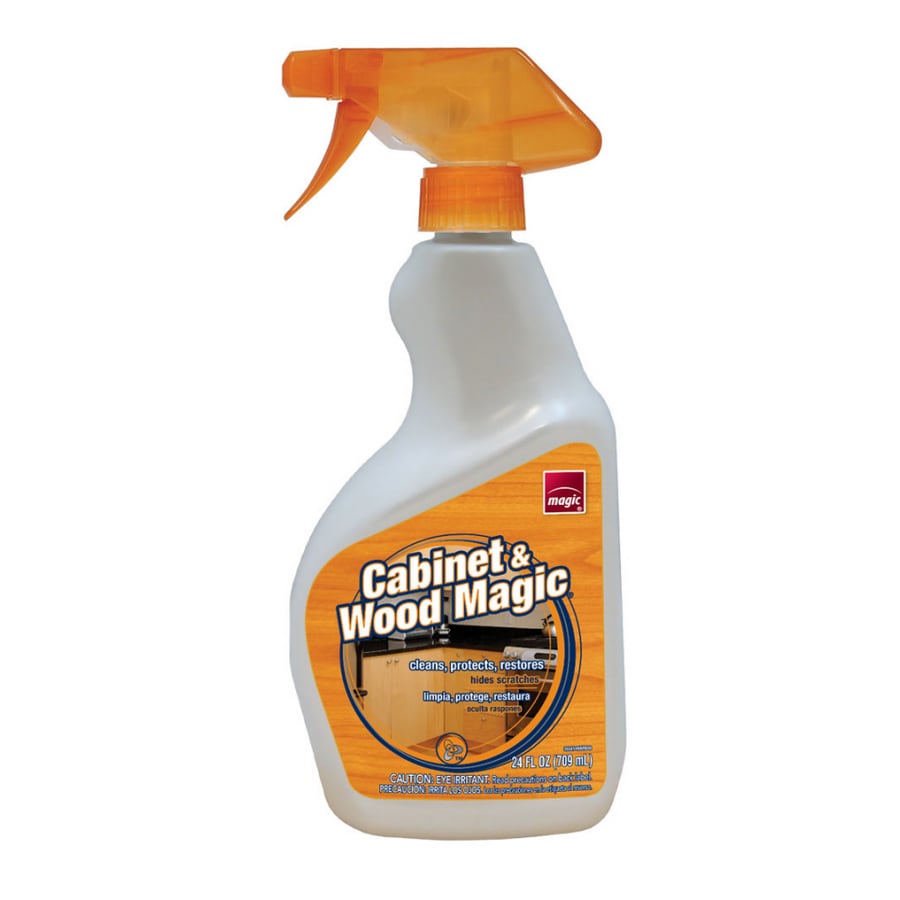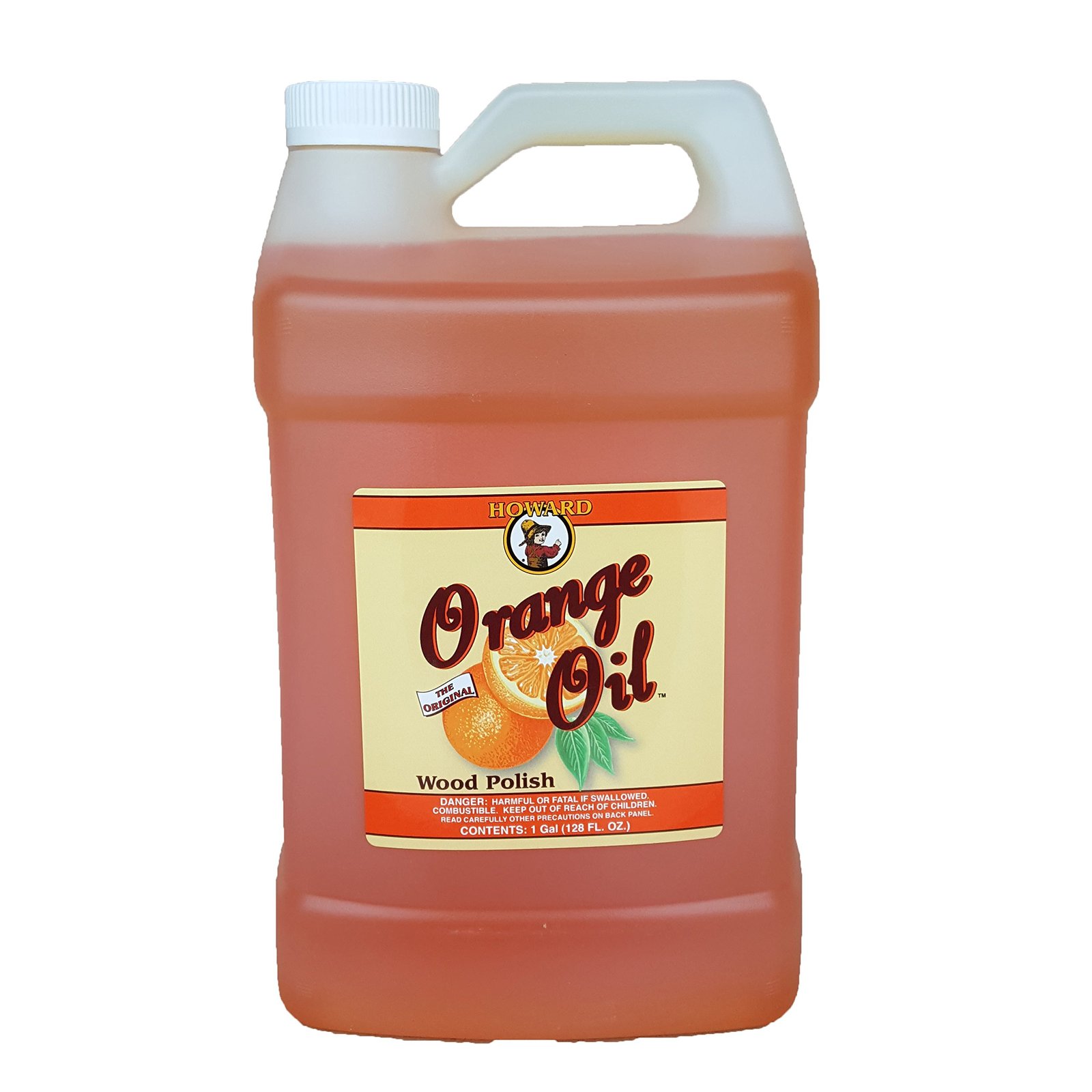Understanding Degreasers for Wood Cabinets: Degreaser For Wood Cabinets

Wood cabinets, often a focal point in kitchens and bathrooms, can accumulate grease and grime over time, impacting their aesthetic appeal and hygiene. Degreasers, specifically formulated for wood surfaces, play a crucial role in restoring their shine and removing stubborn residues.
Types of Grease and Grime
Grease and grime commonly found on wood cabinets are derived from various sources, including cooking oils, food splatters, hand lotions, and dust.
- Cooking Oils: Oils used for frying, sauteing, or baking can splatter onto cabinets, leaving behind greasy residues that are difficult to remove with regular cleaning agents.
- Food Splatters: While cooking, food particles can splatter onto cabinets, creating sticky and unsightly stains.
- Hand Lotions: Applying hand lotions before handling cabinet doors can leave behind a greasy film that attracts dust and dirt.
- Dust: Dust particles accumulate on cabinets over time, especially in areas with high foot traffic or near windows.
Types of Degreasers
Degreasers for wood cabinets are available in various formulations, each tailored to specific cleaning needs and cabinet finishes.
- Solvent-Based Degreasers: These degreasers, often containing mineral spirits or citrus-based solvents, are effective in dissolving grease and grime. However, they can strip finishes if used excessively or on delicate wood surfaces.
- Water-Based Degreasers: Water-based degreasers, often containing surfactants and enzymes, are gentler on wood surfaces and less likely to damage finishes. They are effective in removing light grease and grime.
- Natural Degreasers: These degreasers, made from ingredients like baking soda, vinegar, and lemon juice, are environmentally friendly and suitable for cleaning wood cabinets without harsh chemicals.
Choosing the Right Degreaser for Wood Cabinets

Selecting the right degreaser for your wood cabinets is crucial to ensure effective cleaning without damaging the wood or its finish. The ideal degreaser will depend on the type of wood, the severity of the grease and grime, and any existing finishes or stains.
Types of Degreasers
Understanding the different types of degreasers available will help you make an informed choice.
- Solvent-Based Degreasers: These are highly effective at removing tough grease and grime but can be harsh on wood and finishes. They often contain chemicals like mineral spirits, acetone, or kerosene.
- Water-Based Degreasers: These are generally gentler on wood and finishes, making them a good option for everyday cleaning. They often contain surfactants and emulsifiers that break down grease and grime.
- Natural Degreasers: These are eco-friendly options that are made from plant-based ingredients like citrus oils or baking soda. They are generally less effective than solvent-based or water-based degreasers but are a good choice for sensitive individuals or those concerned about using harsh chemicals.
Factors to Consider When Choosing a Degreaser
- Type of Wood: Some woods are more porous than others, making them more susceptible to damage from harsh chemicals. For example, softwoods like pine are more likely to be affected by solvent-based degreasers than hardwoods like oak.
- Finish: The type of finish on your cabinets will also influence your choice of degreaser. Some finishes are more resistant to chemicals than others. For example, polyurethane finishes are generally more durable than wax finishes.
- Severity of Grease and Grime: If you are dealing with heavy grease or grime, you will need a stronger degreaser. However, if you are simply cleaning up light spills or fingerprints, a milder degreaser may be sufficient.
- Specific Concerns: If you have any specific concerns, such as the presence of stains or the need to avoid certain chemicals, be sure to consult the product label or a professional.
Testing Degreasers on an Inconspicuous Area
Before applying any degreaser to your entire cabinet, it is always a good idea to test it on an inconspicuous area first. This will help you ensure that the degreaser does not damage the wood or finish.
Apply a small amount of the degreaser to a hidden area, such as the underside of a shelf or inside a drawer. Allow it to sit for a few minutes, then wipe it away with a clean cloth. If the wood or finish appears to be damaged, do not use the degreaser on the rest of the cabinet.
Safe and Effective Degreasing Techniques

Degreasing wood cabinets requires a delicate balance of effectiveness and safety. While removing stubborn grease and grime is essential, it’s crucial to avoid damaging the wood’s finish or harming yourself. This section will guide you through the proper techniques and precautions for a successful and safe degreasing process.
Preparation
Thorough preparation is key to a successful degreasing process. This involves gathering the right tools and materials, protecting yourself, and preparing the work area.
- Gather Your Tools and Materials:
- Degreaser (choose a wood-safe option)
- Microfiber cloths or soft sponges
- Bucket or basin for mixing cleaning solution
- Rubber gloves to protect your hands
- Eye protection (goggles or safety glasses)
- Old towels or drop cloths to protect the surrounding area
- Optional: A soft-bristled brush for stubborn grease
- Protect Yourself:
- Wear rubber gloves to prevent skin irritation from the degreaser.
- Use eye protection (goggles or safety glasses) to shield your eyes from splashes.
- Work in a well-ventilated area to avoid inhaling fumes.
- Prepare the Work Area:
- Clear the area around the cabinets to prevent accidental spills or damage.
- Lay down old towels or drop cloths to protect the floor and surrounding furniture.
- If possible, remove any loose items from the cabinets to make cleaning easier.
Application, Degreaser for wood cabinets
The application of the degreaser is a critical step that requires careful attention to avoid damaging the wood.
- Dilute the Degreaser:
- Always follow the manufacturer’s instructions for dilution.
- Generally, a 1:10 ratio of degreaser to water is a good starting point.
- For heavily soiled areas, you may need to use a stronger solution.
- Apply the Degreaser:
- Use a microfiber cloth or soft sponge to apply the degreaser to the cabinet surfaces.
- Work in small sections, applying gentle pressure to avoid scratching the wood.
- For stubborn grease, use a soft-bristled brush to scrub gently.
- Avoid soaking the wood, as this can lead to warping or damage.
- Let the Degreaser Sit:
- Allow the degreaser to sit on the surface for a few minutes to loosen the grease.
- The exact time will vary depending on the type of degreaser and the severity of the grease.
Cleaning
Once the degreaser has had time to work, it’s time to thoroughly clean the cabinets to remove any residue.
- Wipe Away the Degreaser:
- Use a clean microfiber cloth or sponge to wipe away the degreaser and loosened grease.
- Work in the direction of the wood grain to prevent scratches.
- Rinse the cloth or sponge frequently with clean water to avoid spreading grease.
- Rinse the Cabinets:
- Once all the degreaser and grease have been removed, rinse the cabinets with clean water.
- Use a damp cloth to wipe down the surfaces and remove any remaining residue.
- Dry the Cabinets:
- Dry the cabinets thoroughly with a clean, dry cloth.
- Ensure all surfaces are completely dry to prevent water damage.
Recommended Cleaning Tools and Materials
| Tool/Material | Description | Purpose |
|---|---|---|
| Degreaser | A chemical solution designed to break down and remove grease and oil. | To dissolve and remove grease from wood cabinets. |
| Microfiber cloths | Soft, absorbent cloths made from microfiber. | To apply and remove degreaser, as well as to dry the cabinets. |
| Soft sponges | Sponges with a gentle texture. | To apply and remove degreaser, especially on larger surfaces. |
| Bucket or basin | A container for mixing cleaning solutions. | To dilute the degreaser and provide a rinsing station. |
| Rubber gloves | Protective gloves made from rubber. | To protect your hands from the degreaser and prevent skin irritation. |
| Eye protection | Goggles or safety glasses. | To shield your eyes from splashes of degreaser. |
| Old towels or drop cloths | Fabric used to protect the surrounding area from spills. | To prevent accidental damage to floors or furniture. |
| Soft-bristled brush | A brush with soft bristles. | To scrub stubborn grease gently without scratching the wood. |
Step-by-Step Guide for Applying Degreaser
- Prepare the Work Area: Clear the area around the cabinets and lay down old towels or drop cloths to protect the surrounding area.
- Gather Your Tools and Materials: Ensure you have all the necessary tools and materials, including a wood-safe degreaser, microfiber cloths, a bucket or basin, rubber gloves, eye protection, and a soft-bristled brush (optional).
- Protect Yourself: Put on rubber gloves and eye protection to protect your skin and eyes.
- Dilute the Degreaser: Follow the manufacturer’s instructions for diluting the degreaser. Generally, a 1:10 ratio of degreaser to water is a good starting point.
- Apply the Degreaser: Use a microfiber cloth or soft sponge to apply the diluted degreaser to the cabinet surfaces, working in small sections and applying gentle pressure. For stubborn grease, use a soft-bristled brush to scrub gently.
- Let the Degreaser Sit: Allow the degreaser to sit on the surface for a few minutes to loosen the grease. The exact time will vary depending on the type of degreaser and the severity of the grease.
- Wipe Away the Degreaser: Use a clean microfiber cloth or sponge to wipe away the degreaser and loosened grease, working in the direction of the wood grain. Rinse the cloth or sponge frequently with clean water.
- Rinse the Cabinets: Once all the degreaser and grease have been removed, rinse the cabinets with clean water, using a damp cloth to wipe down the surfaces and remove any remaining residue.
- Dry the Cabinets: Dry the cabinets thoroughly with a clean, dry cloth, ensuring all surfaces are completely dry to prevent water damage.
Degreaser for wood cabinets – Okay, so you’re getting ready to give your wood cabinets a makeover, right? You’ve got the degreaser ready to go, and you’re thinking about those new handles to really make them pop. If you’re looking for some inspiration for your bathroom cabinet handles, check out bathroom cabinet handles lowes for some seriously cool ideas.
Once you’ve got those handles picked out, you can get to work on that degreaser and give those cabinets the glow-up they deserve!
Okay, so you’re all about that clean cabinet game, right? Degreaser is your go-to for getting rid of that greasy grime, but sometimes you need to take things to the next level. Maybe you’re looking for a fresh start, and a off white bedroom decor vibe is calling your name.
Whatever your style, a clean slate is always a good place to start, so get that degreaser out and get to work!
